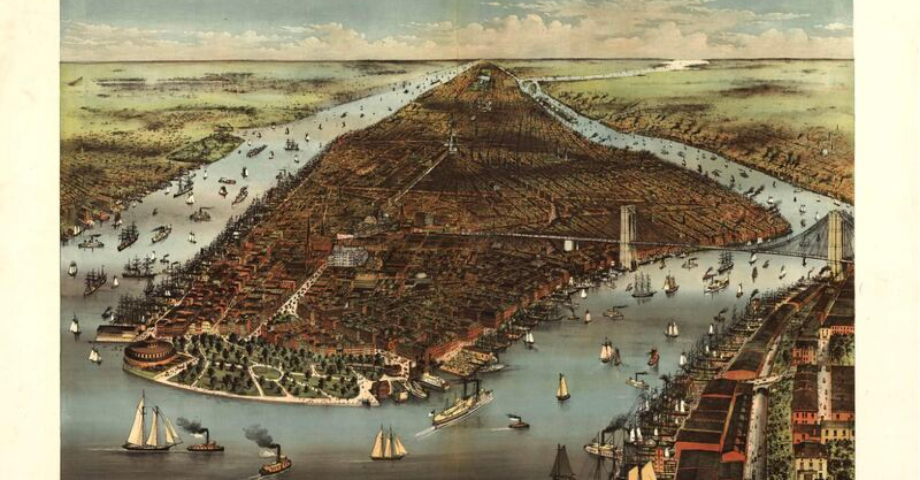What if there was a radically better, secret way of negotiating that could get you almost...
Tech's role in urban evolution: a historical perspective

Did you know that 150 years ago, everyone was SURE that Brooklyn was destined to become the main city, and Manhattan was just a small suburb?
How could it not? Manhattan could barely house its existing population, Brooklyn’s enormous land mass offered virtually unlimited room for expansion.
And then, seemingly out of nowhere technology changed everything.
Back in 1883, when the Brooklyn Bridge was completed, the 272-foot tall spans towered over the skyline of Manhattan.
Most buildings were only a few stories tall. At the time, Trinity Church was the tallest building in the country, with its spire reaching 279 feet in the air. But for practical use, buildings couldn’t eclipse a height of a few stories at the time.
When the Brooklyn Bridge was completed, it was seen not primarily as a way to get to Manhattan but as a way for Manhattan to get out to Brooklyn.
Brooklyn and Long Island were seen as the new places to expand to. Manhattan had basically hit its limit, or so people thought at the time. And with Brooklyn’s land mass dwarfing Manhattan’s, it was only a matter of time till it took its rightful place center stage.
New Yorkers would need to wait a few more years for technological innovation to transform the dynamic and make Manhattan the king it has been to this day.
In 1870, the Equitable Life Building was completed. It featured seven above-ground stories and two basement floors.
The height of this building created a new paradigm for office buildings in NYC, and it required something that no other office building had at the time: A passenger elevator.
Although passenger elevators first appeared at a department store in 1857, it took another 13 years for an office building to adopt the new technology.
The elevator allowed the Equitable Life Building to easily attract new office tenants who were in awe of the convenience of the elevator and the scenic views they enjoyed out the windows on the upper floors.
Fast forward 150 years later, and a 7-story building in Manhattan would appear minuscule next to the 316 NYC skyscrapers that stretch above 492 feet.
Where would NYC be without our elevators? No one would want to rent an office on the 80th floor without an elevator. Before elevators were common, the most luxurious and expensive units of a building were on the first or second floor.
The elevator would set off the age of the skyscraper. And the skyscraper would allow Manhattan to become the home to millions of people.
Technology doesn't just shape cities; it is the reason they exist and are places people want to work and live. That was true 150 years ago and is even more true today.
Cities can and will become the cleanest, safest, and most comfortable places to live and work in the coming decades. And technology, again, is what will make that possible.




